War and Peace (1956)
“War is the most horrible thing in life.”
|
Synopsis: |
|
Genres, Themes, Actors, and Directors:
Review: … and it’s satisfying seeing her romanced on-screen by her real-life husband Ferrer. Gassman — soon to star as a boxer in Big Deal on Madonna Street (1958) — is appropriately smarmy and charming as the man who manages to cruelly seduce Natasha away from her true love: … and Ekberg is likewise well-cast (in her breakthrough role) as a woman so sexy that Fonda throws all better sense out the window to marry her. Unfortunately, it’s universally agreed that middle-aged Fonda was not a good choice to play the central young protagonist Nikolai. Whenever he refers to Natasha as “Na-TASH-a” you hear Fonda’s folksy American roots — and his delivery of the line “Damn you, Napoleon; damn you to hell!” is appropriately lambasted. The biggest “stars” of this film, however, are Jack Cardiff’s consistently stunning cinematography and the fine historical sets and costumes, which are a pleasure to behold. Meanwhile, in a story entitled War and Peace, you can expect to see plenty of battles and troops, which are indeed on ample display here, all effectively framed in VistaVision. However, while Hepburn fans will surely want to see her in this central 1950s starring vehicle — made in between Sabrina (1954) and Funny Face (1957) — it’s not must-see for all film fanatics. Notable Performances, Qualities, and Moments: Must See? Links: |


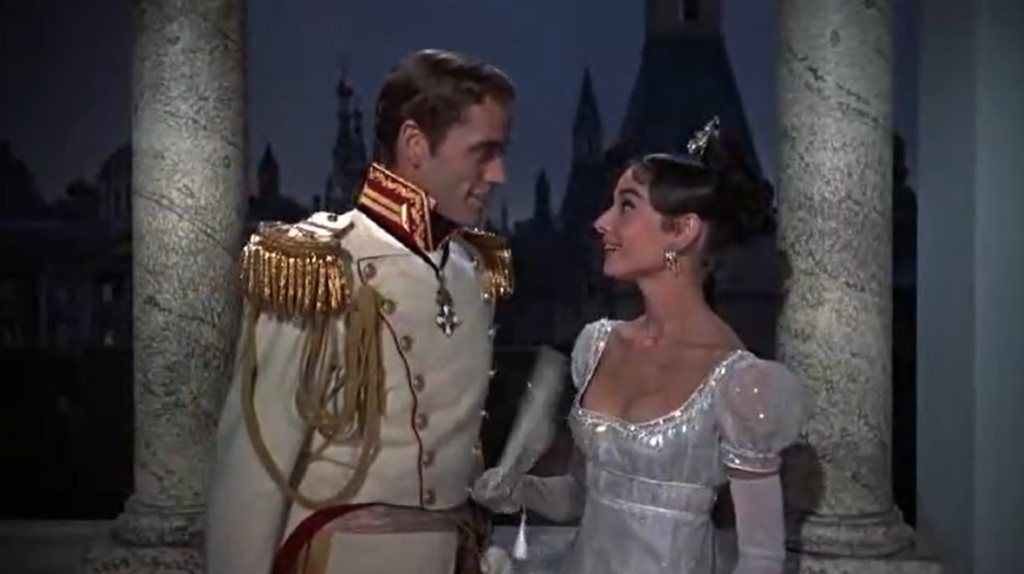

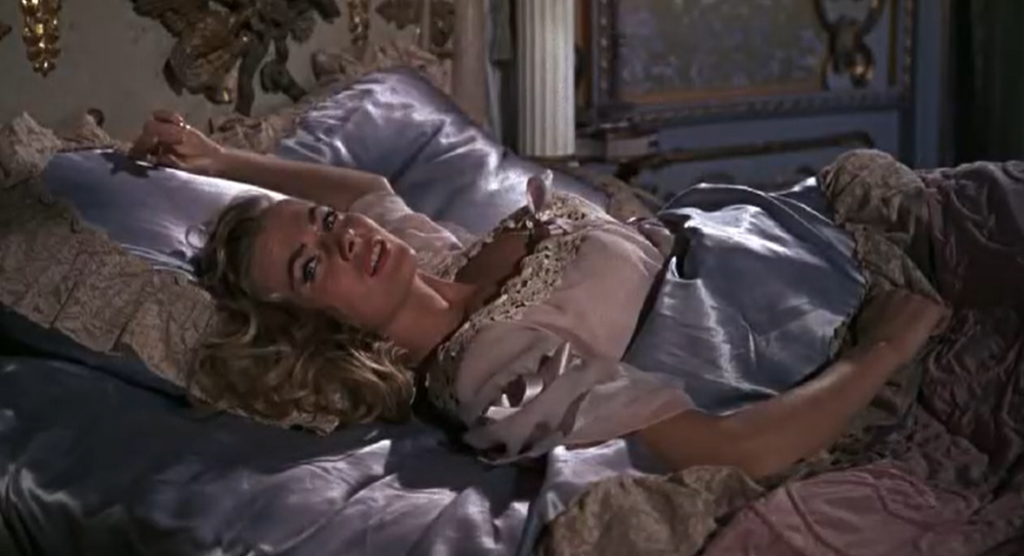
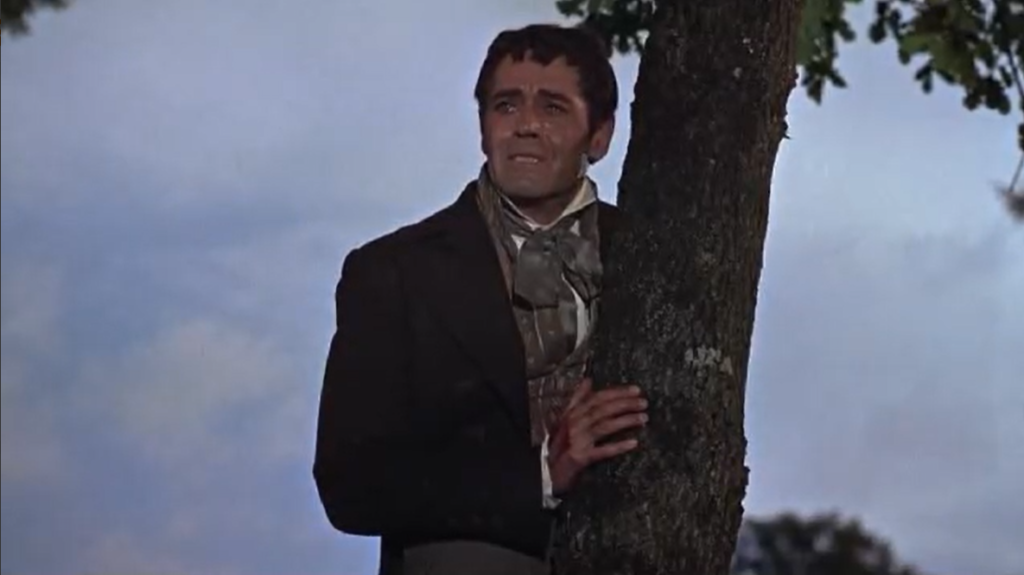
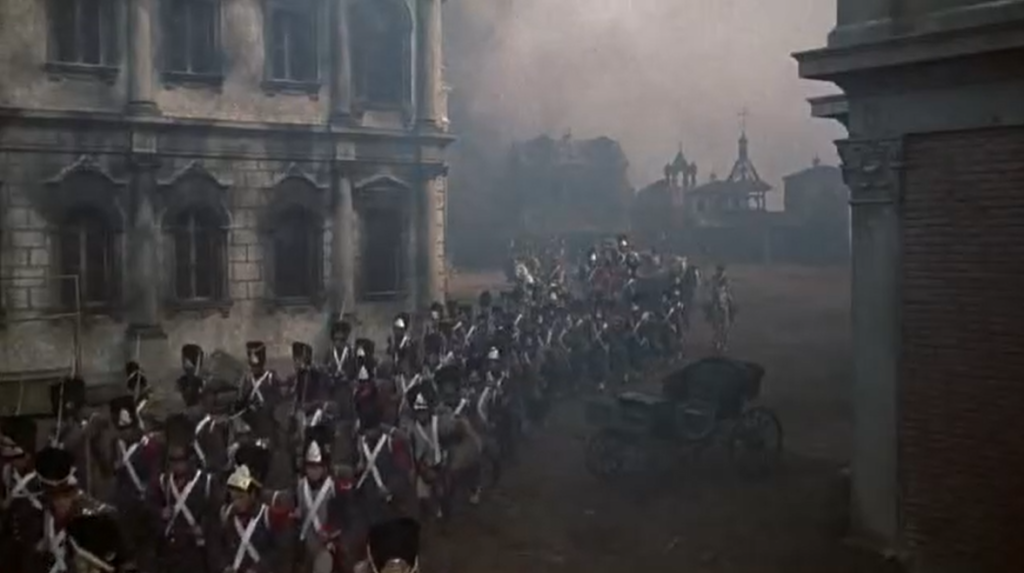
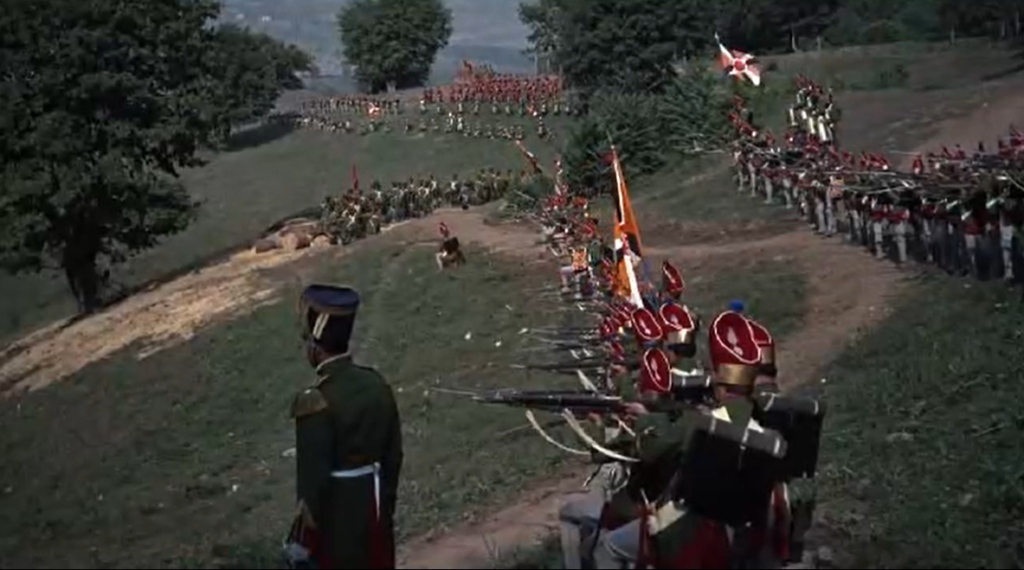
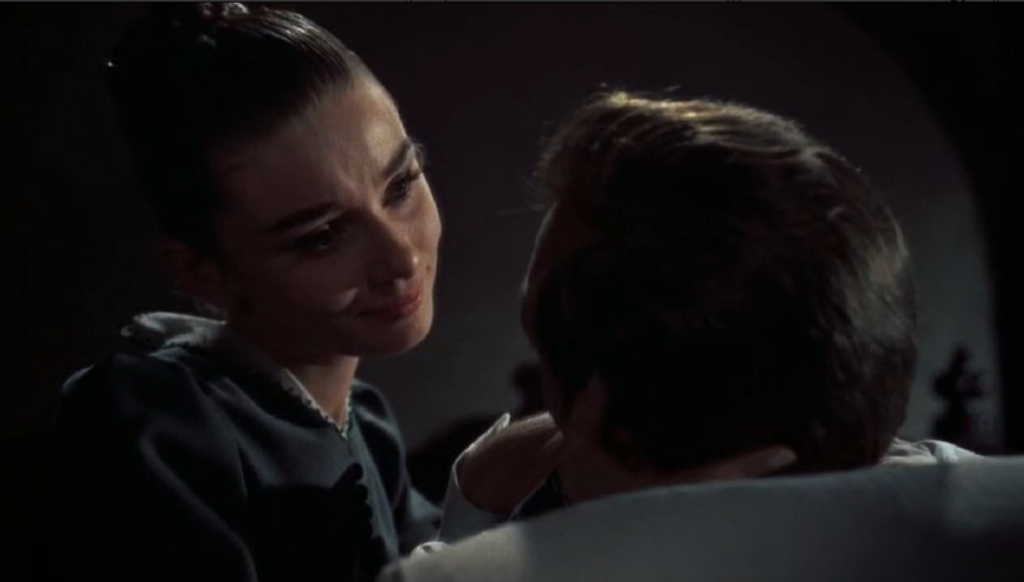
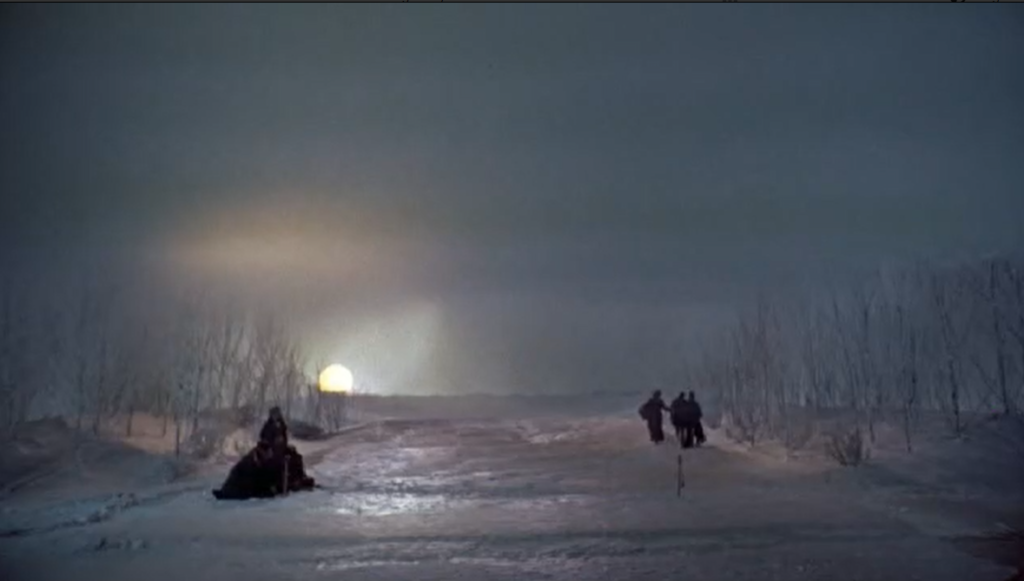
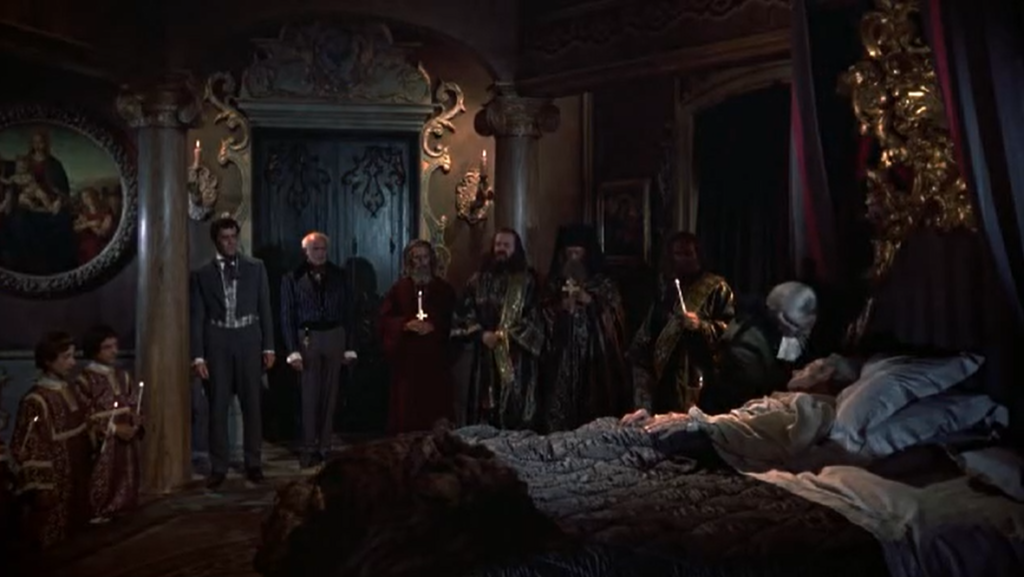
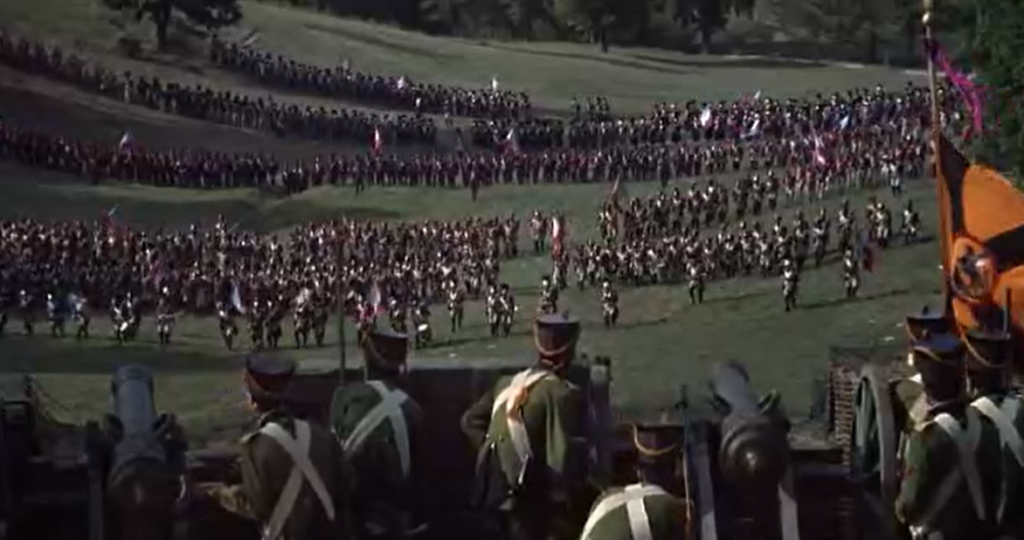
3 thoughts on “War and Peace (1956)”
First viewing (12/15/20). Not must-see. As posted in ‘The ’40’s-’50s in Film’ (fb):
“Don’t brood, sir. That’s not for us to judge, whether we’re to be spared or not spared. Finally, in the world to come, God will give us a word or two of explanation and then it’ll all be clear.”
‘War and Peace’ (1956): King Vidor’s ‘Reader’s Digest’ version of the Tolstoy classic is, without a doubt, tough to sit through to the end. It hasn’t a particularly good reputation – and it’s not hard to see why. It’s just not all that good.
Several decades ago, when I was a film reviewer in Tokyo, there was a re-release of the splendid, mammoth 1966-67 Russian version directed by Sergei Bondarchuk. At almost 8 hours, it is more than twice the length of the Hollywood version. A preview was scheduled for the press and, of course, it would be in Russian – with Japanese subtitles. My ability with Japanese was ok but not enough for 8 hours of a fully subtitled translation from Russian so I made sure to read the book before-hand, since the film was said to be a rather faithful adaptation. (It won an Oscar for Best Foreign Film, it’s on DVD, and *that’s* the version to see.)
To be fair, Vidor’s version has its moments. Among the actors, coming off best are Mel Ferrer as Andrei and, as Pierre, Henry Fonda (who knew he was about 30 years too old for his role and admitted he only did the film for the money). John Mills stands out in a small part and a vibrant Herbert Lom registers well as Bonaparte. (If you’re a halfway-decent actor, you really can’t lose by playing Napolean.) I didn’t particularly buy Audrey Hepburn for a minute (but maybe that’s because she’s also too old for Natasha).
In the second half, Vidor handles the battle sequences rather well – and the whole thing was filmed by the incomparable DP Jack Cardiff, so it does look great.
Bondarchuk’s (1968) version is also listed in GFTFF and I haven’t ever seen it… Looking forward to a comparison.
I read and remember (much to my surprise) really enjoying War and Peace when I was about 20, but few of the specifics apparently stuck since it was like watching a new story to me this time around. I’m eager to see it again (i.e., Bondarchuk’s version) and do some comparisons re: characters.
I didn’t have so much trouble with Fonda’s embodiment of Nikolai until: 1) I heard him repeatedly use that darn distinctive midwestern twang of his (really? not even an attempted “Na-TAH-sha?”), and 2) he was given such awful lines later in the film.
Strangely, he didn’t bother me much – and, as I’ve mentioned elsewhere, I’m not a major fan. He impresses me occasionally but he’s not among my favorite performers.